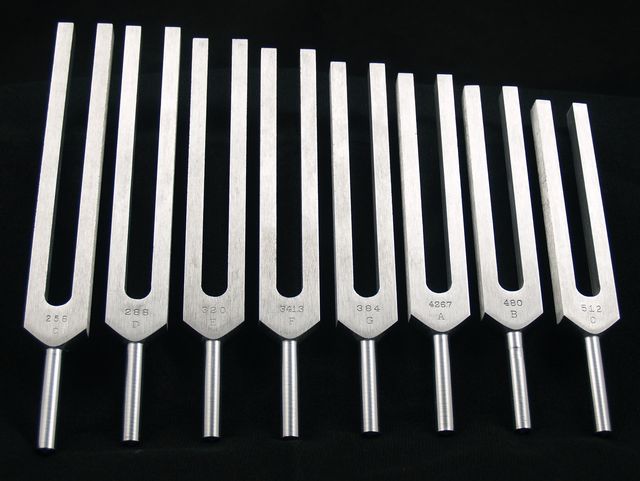I'm no expert here by any means so take what I say with a gain of salt - ok?
However running a sawmill like you do - I have handled my fair share of wood. I can "almost" tell if a log will produce good tone wood by the way the blade sings as it's cutting through the log. I think you may know what I'm talking about here... some sing, others don't. Anyways those that sing, I put a special mark (T) on the lumber with a lumber crayon. After the lumber has dried and when I'm looking for tone wood - I start by tapping the ones I marked first. I take a dry stick (dry 1x1 about 2' long) and wrap the board. If the board rings similar to a bell sound, I wrap it in several different places along the length of the board. I found a piece of tonewood will produce the same ringing sound (frequency) no matter where where it's wrapped at along it's length. Something about how the board vibrates when wrapped. You can also feel the vibration if you place you hand on the board and then wrap the board. If the board makes a thud when wrapped - I don't even consider it for tone wood. I hope this may have helped you? But I suspect being a sawyer you already got a handle on what will produce tonewood and what wont... You just might not realize it yet...
There is another way that I use to "fine tune" my tone wood selection. If you have a tuning fork. You can strike it and place the end of the fork on a board that you suspect may be good tone wood. If the board carries the frequency and amplifies the tone of the turning fork it should be ok as tone wood, if it doesn't then well it's not tonewood.
I have found since moving here to southern IL where Hard Maple grows like poke weed does in NC that Hard Maple and Swamp (Low Land) Ash - seems to produce the most tonewood per logs sawn, Poplar -is hit or miss, soft maple, oaks, hickory and upper land Ash- rarely...
Tuning Forks
Now that the water is clear as mud, that board you have pictured looks like it came from the Tar River - they don't call you guys tar heels for nothing (walking barefoot in the Tar River) :gar-La;



